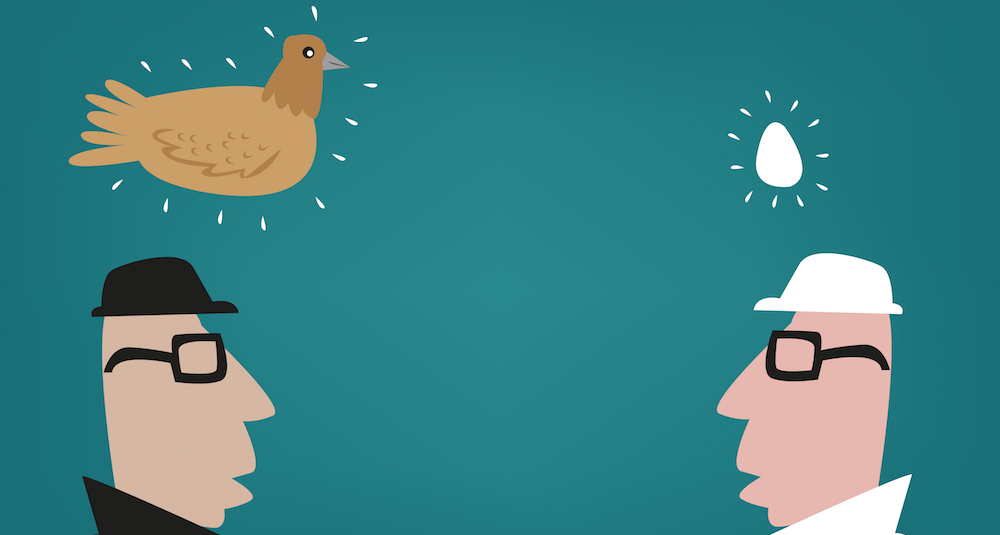
07 Oct Conducting User Studies During Technology Development
Developing products that incorporate new technology requires designers to work in two worlds simultaneously.
The first world is that of the technology inside the device itself. What motors, pumps, sensors, custom actuators, or electronics are best to use, given the requirements of the product?
The other world is that of the user. Who will use the product, and under what circumstances?
Most product designers understand that well-designed formative or usability studies are vital tools in harmonizing those two worlds. The problem we often see, though, is how to design that study when the core technology that will go inside the product is still under development.
It’s a classic chicken/egg problem. The core technology may dramatically affect a product’s form and function — its size and shape, the location and nature of its controls, and more. And we know that settling the critical technology questions as early as possible in the design process makes for a better process and a superior product.
But how do you evaluate a potential product’s usability when you don’t yet know what technology will make it work — and so you don’t really know how it will work?
The answer is to conduct your usability research in two phases and not hesitate to use low-fidelity prototypes for early formative testing.
Start With the Basics
The first step is basic user research. You’ll need to understand a lot more about your potential users than you most likely do when you start the design process. So you’ll be asking a lot of questions about how your users live and work, and the environments in which they would use your product.
The good news is that this step is mostly device- and technology-agnostic, so it can be done effectively even if technology is still in development. That’s because at this point you’re just capturing basic user needs and requirements. What do they need the product to do, and why are current methods of achieving that (if any) insufficient?
Suppose you’re designing an auto-injector for an arthritis patient living at home. Would they use the injector in dim lighting indoors, outdoors in the sun, or both? And how would they use it at all? A person suffering from arthritis may have limited dexterity or physical strength; certain movements might be painful. You’ll want to gather as much of that basic information about the user as you can as early in the process as possible because this information will be the basis for making design decisions in the future.
Let Users Handle Basic Prototypes
The second part of your research comes after you’ve developed some different design options, incorporating what you learned in your initial ethnographic research. You can use rapid prototyped, foam or even wooden parts to generate crude mockups of your ideas that will help you tease out more specific user preferences or identify problems.
For example, a study we conducted when designing a new device to be used by pharmacy technicians provided crucial information that informed the final design.
To conduct our study, we went into the techs’ natural work environment, armed with simple prototypes of the device. We built our mockup using a foam core, plywood, and cardboard sheeting hot-glued on all sides. The controls were drawn onto the surface.
We asked the techs to pretend to perform typical job functions using our prototype, watched carefully as they did, and then asked plenty of questions. It’s a good thing we conducted the study that way. Had we relied solely on our own intuition, we would have started designing a different, less functional, product that would have had issues in later rounds of usability testing
When you conduct similar studies, make sure your mockups are informed by the technology development in process. For example, if your device needs to pump fluids, you’ll have to decide on a pumping architecture, and that decision will affect the size of the product. Consider bringing three or more different options that can be put into users’ hands. You may discover that that the pumping approach favored by your engineers won’t work as well for users because, say, it’s too big and difficult to operate in the environment for which it’s intended.
Watch What They Do
One of the most useful aspects of this second part of your usability study is that it allows you to actually see your design ideas in use. Asking participants questions and listening carefully to their answers is vital, of course, but you can’t assume that everyone is telling you the absolute truth. Some participants may struggle with a device but say it’s easy to use. Others will handle it really well but report that they didn’t like how it felt. When we do usability studies, our research teams take what participants say with a grain of salt, while watching carefully what they do and how well they do it.
Product designers often conduct usability studies, but doing them early in the concept development process is vital to exposing anything that could go wrong with a device before you lock down your design. You may be surprised by the valuable lessons that can easily be learned with crude prototypes. Make sure you don’t make the mistake of waiting to conduct usability studies after you have already locked down the device architecture on your next project.
Want to talk more deeply about usability studies while the core technology is still under development? Feel free to reach out.
- Tips for Maintaining Team Communication While Working Remotely - March 17, 2020
- Conducting User Studies During Technology Development - October 7, 2015
- IDSA Annual Report - August 22, 2012

